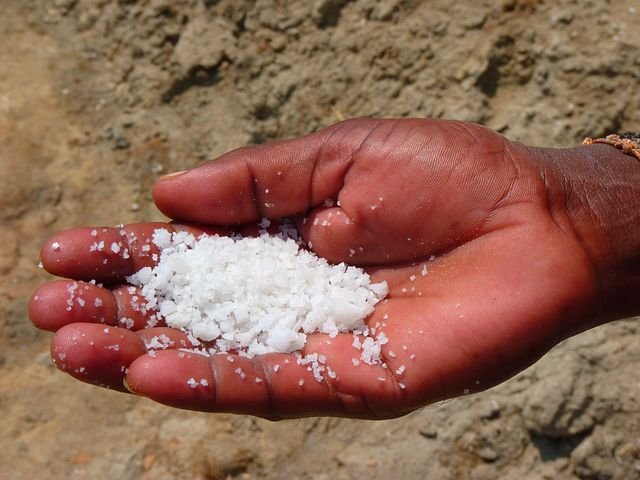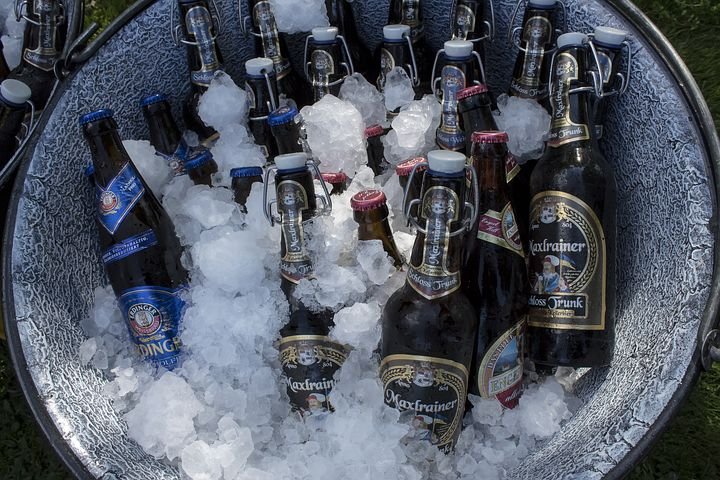All acids, bases and salts are electrolytes. They tend to exist in solution as ions, which are the carriers of electricity. Not all electrolytes, however, can conduct electricity to the same extent. This is because different electrolytes have different degrees of ionization. Strong electrolytes, which include all the strong acids and alkalis as well as most salts, ionize completely or almost completely in solution to produce high concentration of ions. These compounds have much higher conductance than weak electrolytes, which ionize only slightly in solution, producing very low concentration of ions.

Pure distilled water, the most common solvent for acids, bases and salts, is a weak electrolyte as its degree of ionization is very low. For every molecule of water that is ionized to give one hydrogen ion, H“, and one hydroxide ion, OH“, there are 6 X 108 molecules of water that are not ionized. If by electrical or chemical action, the hydrogen or hydroxide ions are removed, more water molecules can ionize. So, although the hydrogen and hydroxide ion concentrations in pure water are very small, water has the capacity to yield more of these ions. Such a situation arises when water is acidified with a few drops of tetraoxosulphate(Vl) acid. Thus, acidified water exhibits a higher conductance than pure water. '

Warning! This user is on my black list, likely as a known plagiarist, spammer or ID thief. Please be cautious with this post!
our discord. If you believe this is an error, please chat with us in the #cheetah-appeals channel in